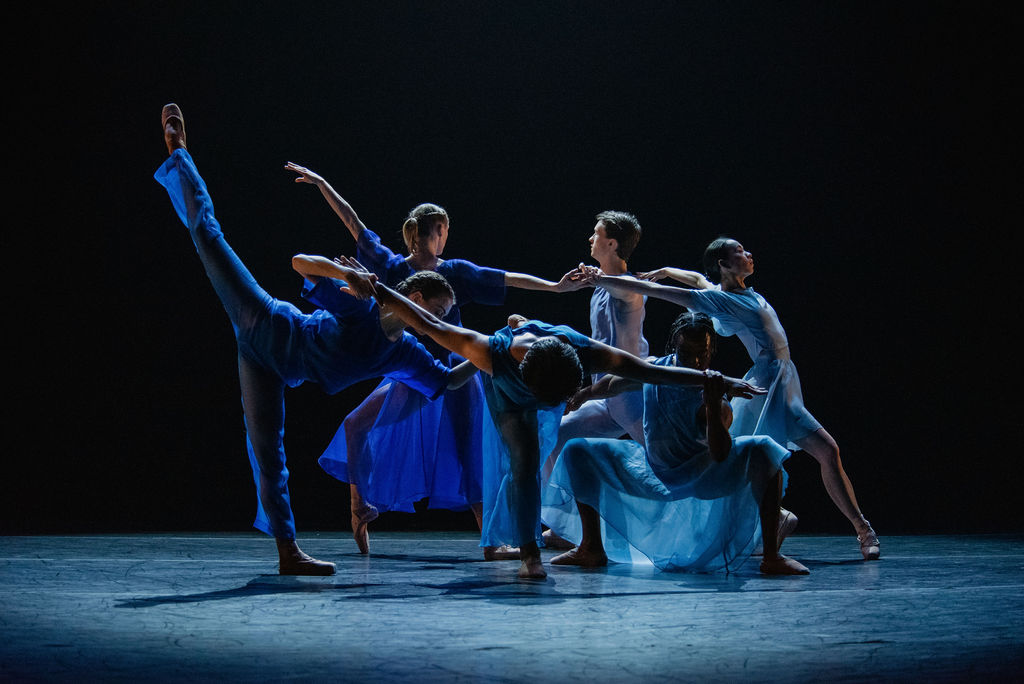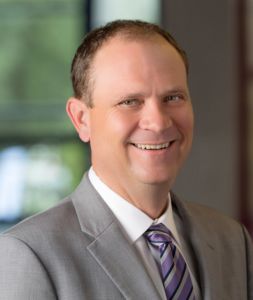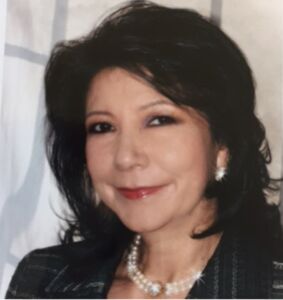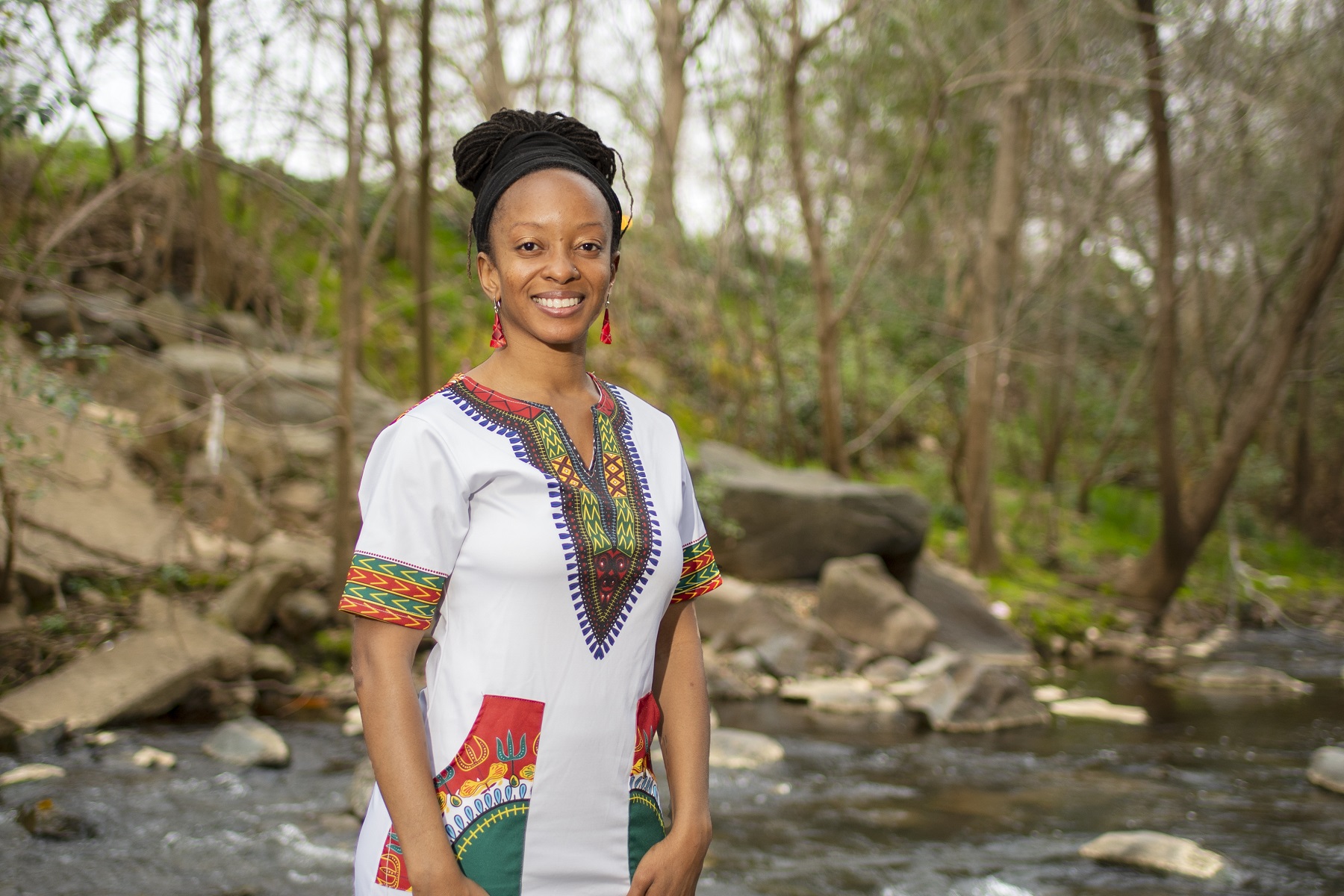‘A Budding Renaissance’: The State of Dance in Charlotte
By Virginia Brown

When Caroline Calouche was an aspiring professional dancer, she would ride with her mother from their home in Gastonia to uptown Charlotte for North Carolina Dance Theatre dance performances at Booth Playhouse.
In 1998, she moved to Texas to continue her dance studies in college and, after some time in New York City and abroad, returned to Charlotte in 2005 to find a city transformed.
“Charlotte had—and still has—so much growth and diversity and I was seeing more investment in the arts,” Calouche said. “I thought, Charlotte needs to have a bigger, more robust dancing scene. Why not?”
In 2006, she launched Caroline Calouche & Co., with her first performance in borrowed space from Charlotte Ballet. The same year, she founded the Charlotte Dance Festival, now one of the longest running events of its kind in the city.
Nearly two decades later, her company offers pre-professional training and annual performances like “Clara’s Trip,” a cirque-and-dance rendition of the “Nutcracker,” the cabaret-style “Rouge” and the space-inspired “Stargazer,” which runs May 4-6 at Booth Playhouse and is supported by an ASC Cultural Vision Grant.
Now she’s ready to help cultivate and support the city’s next dance pioneers.
“We’re starting the budding phases of a renaissance,” Calouche said. “I see so many incredible things happening.”
Building a dance foundation

In 1970, the dean of the North Carolina School of the Arts dance school in Winston-Salem founded North Carolina Dance Theatre, now Charlotte Ballet. About a decade later, the National Endowment for the Arts called the ensemble the highest rated touring company in the country.
By 1990, the company had moved to Charlotte in pursuit of a new “Nutcracker” and a dance school.
Today, from the Patricia McBride & Jean-Pierre Bonnefoux Center for Dance―a facility named for the legendary dance duo that helped move forward Charlotte Ballet’s artistic vision―the organization performs full-length classical ballets, innovative contemporary works and more.
An anchor of the dance community, Charlotte Ballet supports a main and second company, Charlotte Ballet II, plus a robust Academy and educational and community-based programs that expose roughly 20,000 area school children to the art form.
The company also collaborates regularly with a wide array of local artists and organizations.
In October 2022, students from Charlotte Ballet’s pre-professional program were invited to collaborate with Moving Poets, a troupe of international visual artists, performers and musicians that host inventive concert performances.

Supported by an ASC Cultural Vision Grant and featuring 18-year North Carolina Dance Theatre veteran Mia Cunningham, the event was a highlight for Charlotte Ballet Executive Director Doug Singleton.
“For our students to be able to work with such high-quality artists and musicians … was a really cool experience,” he said. “And it was great to be able to see familiar faces that we hadn’t seen on stage in a long time.”
In February, Charlotte Ballet II performed a contemporary dance inspired by the Smithsonian exhibition, Men of Change: Power. Triumph. Truth, on view at the Harvey B. Gantt Center for African-American Arts + Culture and the Levine Museum of the New South.
Ashley Lindsey, the contemporary dance director at North Carolina School of the Arts, choreographed the performance.
“It’s bringing back some of our history … it’s a really cool collaboration and a great partnership,” Singleton said.
These types of collaborations are part of Charlotte Ballet’s focus on and commitment to diversity.
“Diversity is one of the pillars of what I believe in moving forward,” Alejandro Cerrudo, Charlotte Ballet’s newest artistic director, told the Charlotte Observer in an interview. “Charlotte Ballet is already doing the work and I know we are all aware that that work needs to continue and to intensify.”
Celebrating a diverse makeup

Cultural preservation is a main focus of dance in Charlotte, too.

Colombian native Gladys Gomez founded Carolinas Latin Dance Company in 2001. At the time, a Charlotte-Mecklenburg Schools Spanish teacher, Gomez was asked to create a dance event for her students.
“It was through that dance that a lot of students wanted to continue dancing and learning about other countries’ dances,” Gomez said. One of those students was her daughter, now a choreographer, Gina Cherry.
“I think we did a dance from Colombia, because that’s where my mom is from,” Cherry said. “But then my Ecuadorian friend and my Honduran friend and so on wanted to do dance from their country, and it just stemmed from that.”
The mother-daughter duo presented Dancing Through Latin America at Booth Playhouse in March.
“In other countries … part of your primary education is folkloric music, and the kids learn dances in schools and that’s kind of lost here in the states, since you can’t really pinpoint one specific culture to do,” Cherry said. “Parents really value that there’s a place where their kids … can keep that piece of their culture.
“The kids understanding the history behind the dance, getting to see the costumes and participate, and to learn and listen to the music in Spanish, and learn the steps—helps the parents give the kids a piece of their identity,” Cherry added.
This year’s performance included over 40 area students performing a wide array of Latin and Central America dances, plus professional performances from India, Romania, and more.
“The impact we create is immense because there’s not another company doing what we do and our purpose is to promote culture and teach children to be understanding and accepting of other cultural differences,” said Gomez.
Beyond the stage

Throughout the city, a diverse range of dancers—Latin salsa, northern Indian Kathak, hip-hop instructors and so many more—fill smaller studio spaces.
In October, UNC Charlotte’s Native American Student Association gained enough interest to host its first powwow in recent years. ASC granted Metrolina Native American Association funds last year to support its promotion of Native American culture, including native dance.
Cathey Franklin and her fellow step dancers honor the official folk dance of North Carolina through the group Carolina Classic Cloggers, and the Carolina Shag Club formed in 1984 and meets weekly at Lynn’s Dance Club, and offers classes and other events.
Large-scale international festivals help further spotlight and reflect Charlotte’s diverse makeup.
In 2021, Tamara Williams, a dance professor at UNC Charlotte, received a Cultural Vision Grant to support the first annual LAVAGEM! African-Brazilian Festival, celebrating the African diaspora and indigenous communities through Black Brazilian culture.
The term “lavagem” translates to a cleansing or renewal.
“We started it after this whole two, now three years of a pandemic, with a lot of loss, a lot of sickness,” Williams said.
In its first year, roughly 300 people participated in four days of workshops and performances at the Mint Museum. In 2023, the festival will take place in mid-April.
Williams also pointed to several other colleagues in the dance community doing important work, like SHAE Movement African Arts, which shares the essence of “African energy through movement.” Last year, SHAE participated in BOOM Charlotte, a three-day arts festival happening April 21-21 in 2023.
Supported by an ASC Cultural Vision Grant, the longstanding Festival of India, hosted by the India Association of Charlotte, draws thousands annually and highlights a blend of modern and classical Indian dance forms, from Bollywood styles to Bharatanatyam, a southern Indian style.
The uptown festival is held in the fall, but its popularity has fueled a regional performance expansion in Matthews in April. Its focus will be Indian folk dance.
“These kinds of cultural dances also are important because they’re opportunities for representation,” Williams said. “People who are a huge part of our community feel represented and they can connect to these cultural dance events.”
Cultivating community
Given the city’s breakneck population growth and increased diversity, the Charlotte dance community has found it difficult to coordinate efforts and share information, according to Calouche.
Some festivals have fallen on the same weekend, for example, potentially bifurcating the interested audience.
In summer 2021, Calouche helped establish the Dance Artist Alliance CLT, a collective of performing artists, choreographers, teachers, and other dance professionals across genres that are working to increase equity and access, build audiences, and support everyone in the dance community.
The group works to share opportunities for dance funding, available jobs, studio access and rentals—something most dancers agree is problematic in Charlotte—and a repository for dance-related events.
“It’s hard to know what’s happening in all the variety of disciplines—that was a common thread we were seeing and getting feedback [about] from the dance community,” said Calouche.
“We’re working hard to offer education, specifically for dance entrepreneurs, and dance teachers and professionals, not just people who run companies but dance performers because they are their own business,” Calouche said.
“[We] really work together even across disciplines and celebrate each other's works, and we find value in everybody's different styles,” she said. “I think that is just incredible.”

